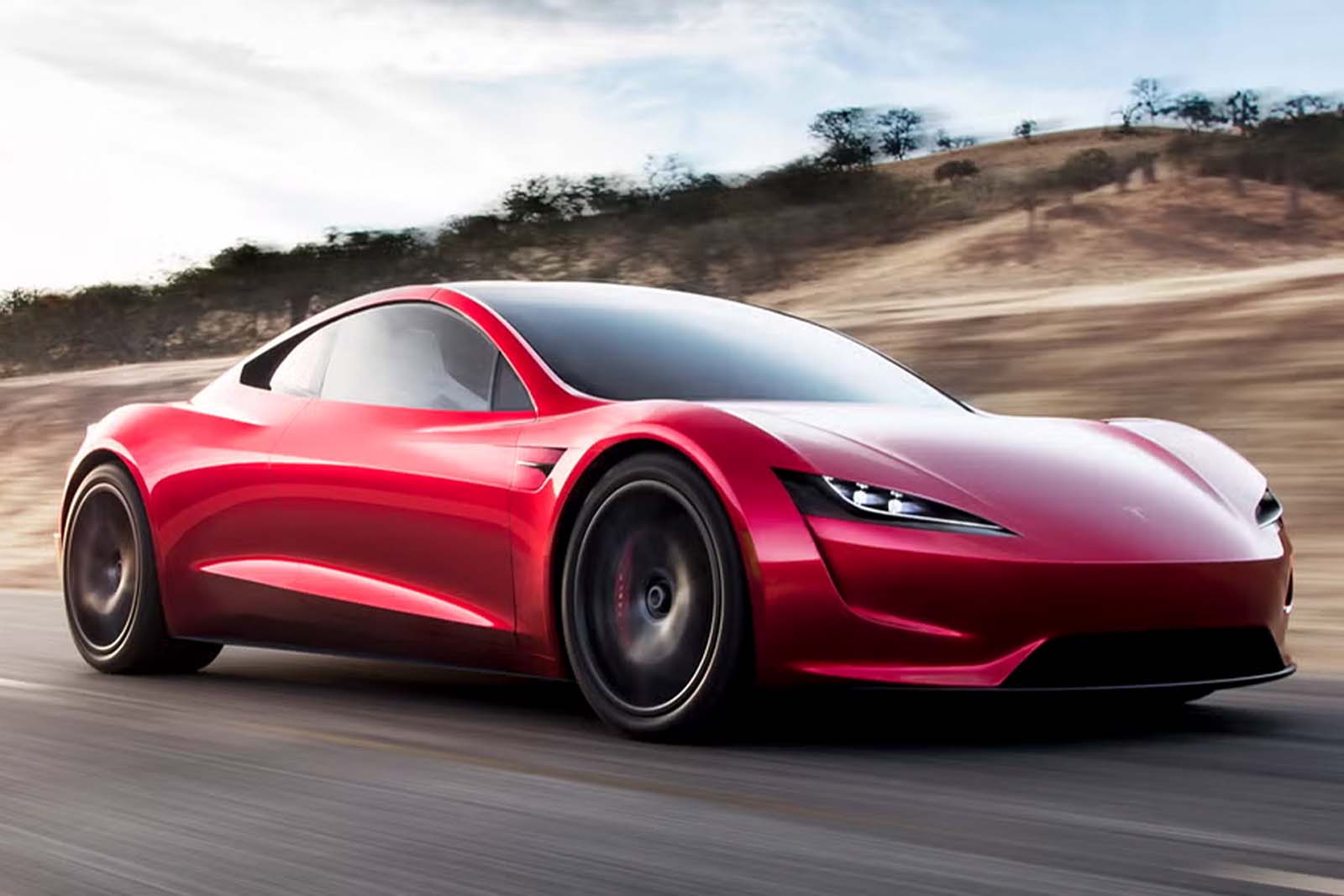Have you ever wondered, “Are there solutions to recover energy from moving cars back to electrical power?” Yes, there are.
Modern electric vehicles (EVs) incorporate advanced systems to recover kinetic energy from braking and deceleration, converting it back into electrical power to extend battery life and improve efficiency. One of the most widely used solutions is regenerative braking, a technology employed by brands like Tesla, Toyota, and other major EV manufacturers.
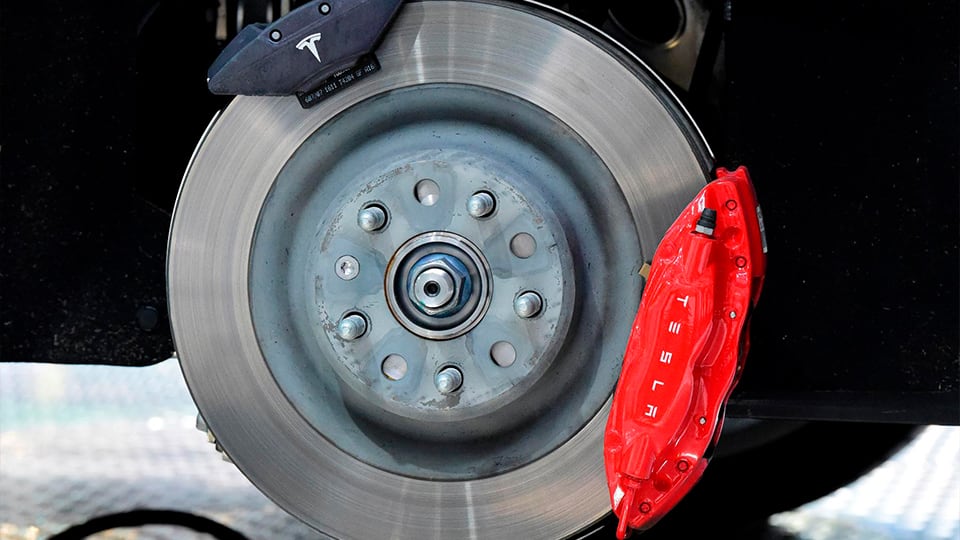
How Kinetic Energy Recovery Works
When a car or motorcycle decelerates, traditional friction brakes dissipate kinetic energy as heat, wasting valuable power. Instead, regenerative braking allows the vehicle’s electric motor to switch into generator mode, converting motion back into electricity and storing it in the battery.
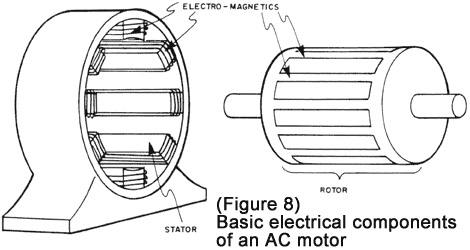
Understanding the AC Induction Motor
To grasp regenerative braking, it’s essential to understand the basics of an AC induction motor. These motors consist of two main components:
- Stator: The stationary outer shell that generates a rotating magnetic field.
- Rotor: The rotating component that interacts with the stator’s magnetic field to produce torque.
AC induction motors operate on the principle of electromagnetic induction, where the stator’s rotating magnetic field induces a current in the rotor, generating motion. Unlike direct current (DC) motors, AC induction motors have no direct electrical connection between the stator and rotor, relying entirely on induction to generate motion.
How Regenerative Braking Works
From Motor to Generator
Under normal operation, an AC induction motor consumes electrical energy to produce motion. However, during regenerative braking, the motor’s function reverses, converting kinetic energy back into electrical energy:
- Slowing Down the Flux Wave: When a vehicle needs to decelerate, the stator’s flux wave must rotate slower than the rotor.
- Negative Slip and Energy Generation: When the rotor spins faster than the flux wave, it creates a reversal of torque, turning the motor into a generator.
- Energy Recapture: The generated electrical energy is sent back to the battery or dissipated elsewhere in the system.
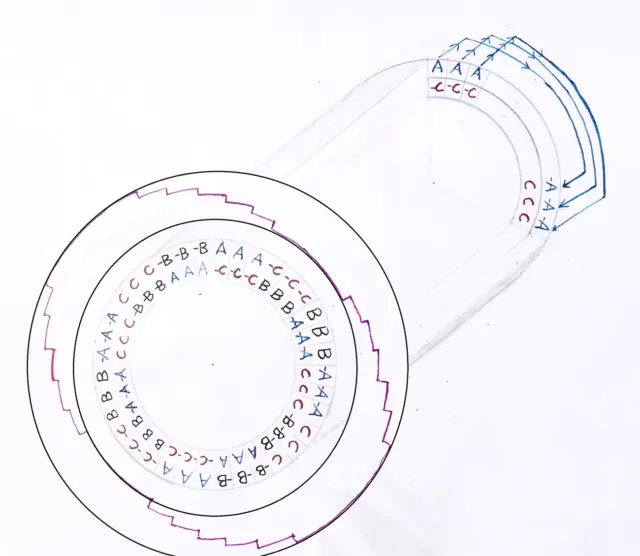
This process relies on the electromotive force (EMF), which pushes electrons through the circuit, recharging the battery and improving efficiency.
Regenerative Braking in Electric Vehicles
Tesla’s Regenerative Braking System
Tesla vehicles, particularly the Model S, can return approximately 60 kW of electricity to the battery during braking. However, this is an electronically controlled limit, likely implemented to prevent excessive battery degradation. In theory, the system could return more energy if unrestricted.
Limitations of Regenerative Braking
Despite its advantages, regenerative braking is not without limitations:
- Diminishing Returns at High Speeds: A vehicle’s kinetic energy increases with the square of its velocity, but regenerative braking effectiveness decreases at high speeds. This means friction brakes must handle most of the deceleration at highway speeds.
- Battery Constraints: When a battery is fully charged, it cannot accept more recovered energy, reducing regenerative braking efficiency.
- Cold Weather Performance: Lithium-ion batteries have reduced energy absorption capacity in cold temperatures, limiting regenerative braking effectiveness.
- Electronic Limits on Deceleration: Manufacturers cap regenerative braking strength to preserve battery health and ensure smooth operation.
Applications Beyond EVs
Regenerative Braking in Trains
While regenerative braking offers significant energy savings, trains often do not utilize it effectively. Instead of storing recovered energy, most trains dissipate excess energy as heat through resistors mounted on the carriages. This is due to the cost and complexity of installing energy storage systems like capacitors or batteries.
However, some electric trains connected to overhead power lines can feed excess energy back into the grid, improving overall efficiency.
Magnetic Braking in Rail Systems
Some trains employ magnetic brakes that reduce mechanical wear but do not recover energy. One such system is the eddy current brake, which induces currents in the rail to create a drag force, slowing the train. While effective, this system dissipates energy as heat instead of storing it.
Efficiency of Regenerative Braking
- The overall efficiency of regenerative braking depends on various factors, including drivetrain losses, battery charging efficiency, and energy conversion losses.
- Tesla’s regenerative braking system achieves an estimated 65-71% efficiency in ideal conditions. This means that for every unit of kinetic energy available, about 65-71% can be recovered and reused (Tesla Motors Club) (How effective is regenerative braking in recharging? | Tesla Motors Club).
- In urban driving conditions, where frequent stops allow more energy capture, regenerative braking can significantly improve range, whereas at highway speeds with steady motion, it has little to no effect.
- The efficiency decreases in cold temperatures or when the battery is full, as there’s no space to store additional recovered energy.
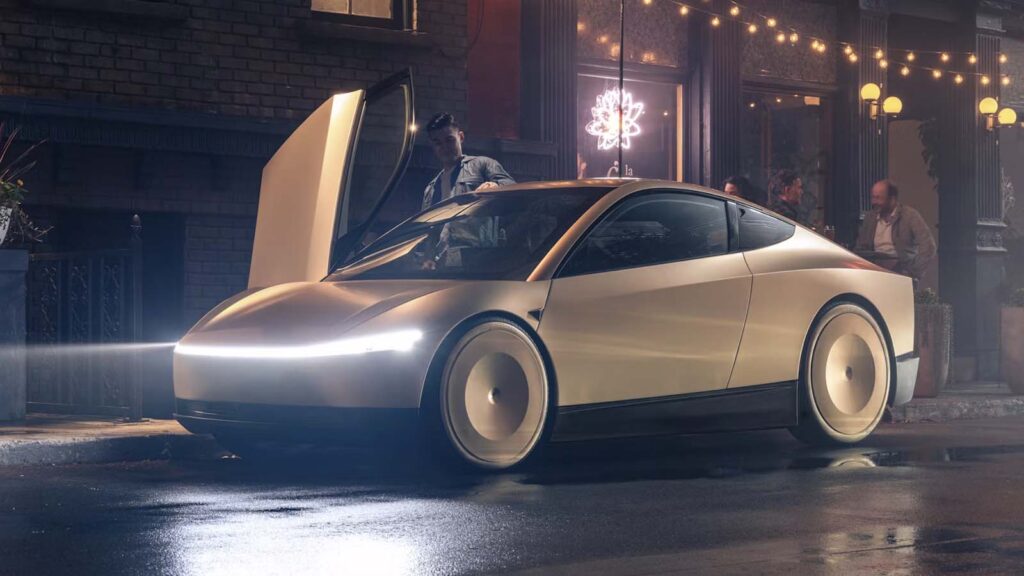
Future of Regenerative Braking
Automakers are continuously improving regenerative braking technology. Innovations include:
- Adaptive Regeneration: Systems that adjust braking force based on driving conditions.
- AI-Assisted Traffic Prediction: Features like Audi’s traffic light prediction system help optimize braking and acceleration to maximize efficiency.
- Energy Storage Advances: The integration of ultracapacitors and next-generation batteries could improve energy recapture and storage capacity.
As battery technology improves, newer regenerative braking systems may achieve efficiencies beyond 75%. Researchers are exploring ultracapacitors and kinetic flywheels to further optimize energy capture. Meanwhile, automotive AI and machine learning may enable real-time adjustments to maximize braking efficiency based on driving conditions.
Subscribe our Youtube channel @wiladio for more interesting video about Design, Science, Tech, and Game
Conclusion
While regenerative braking doesn’t make EVs fully self-sustaining, it plays a critical role in improving travel distance by recovering up to 71% of lost kinetic energy. Tesla, Toyota, and other EV brands continue refining these systems to push efficiency limits further. Future innovations may enable even greater energy recapture, extending range and reducing reliance on external charging.
Would you like a deeper breakdown of how this applies to motorcycles or non-electric vehicles?
THE END
References:
https://www.engineering.com/how-regenerative-braking-works/
https://www.galco.com/comp/ac_motor.htm
More Tech articles: https://wiladio.com/category/tech/
Wiladio – A Graphic Design Website. Wiladio is a website focused on delivering the latest news and updates about graphic design and technology.



